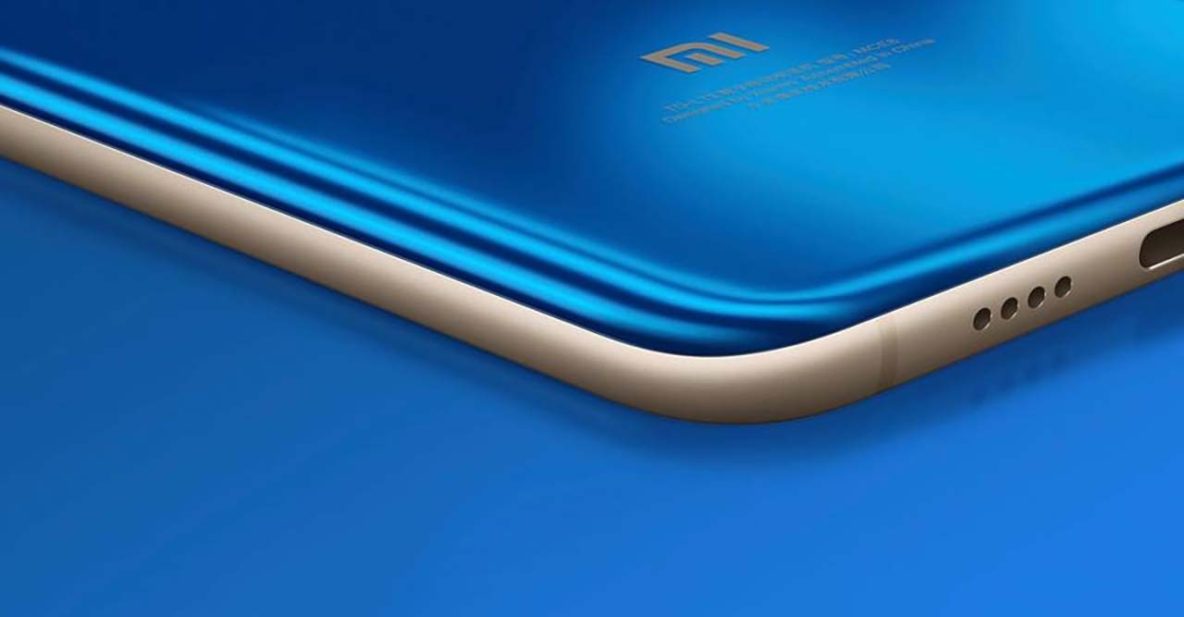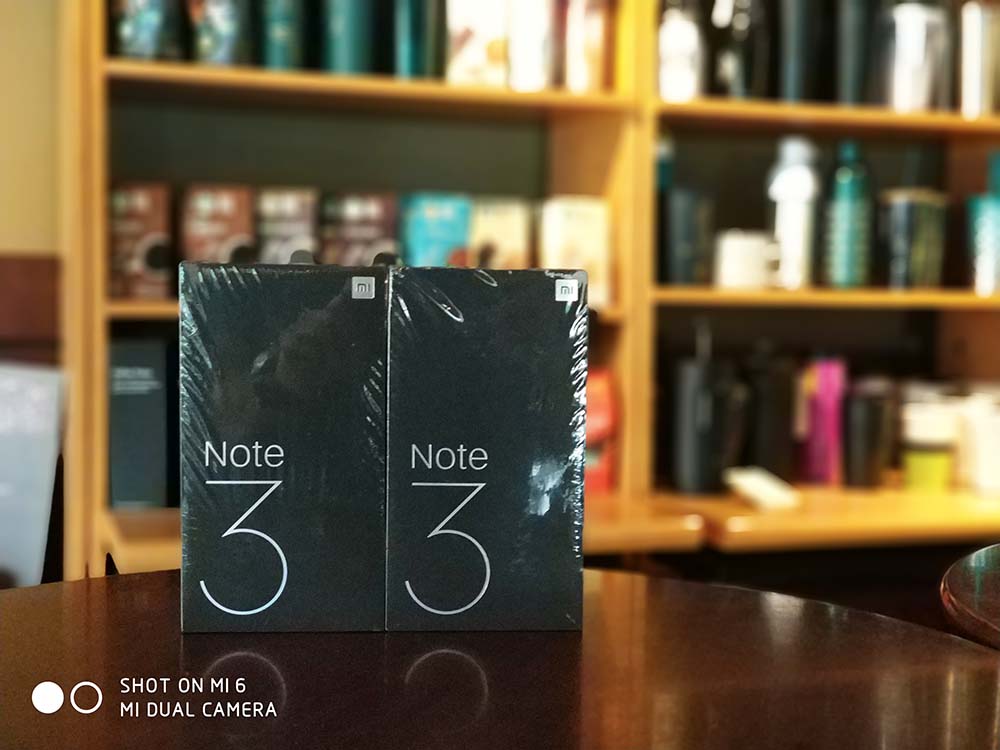So the camera of a midrange Xiaomi phone trumps those of premium Apple, Google, and HTC devices when it comes to taking stills. Wait, what?
If you believe DxOMark — a site providing image-quality ratings — despite the controversies it’s embroiled in, that seems to be the case. The Chinese company’s Mi Note 3 got a higher photo sub-score of 94 than the highly regarded Apple iPhone 8, Google Pixel, and HTC U11. The latter three obtained ratings of 93, 90, and 90, respectively.
SEE ALSO: HTC U11 review: Watch out for the comeback kid
In its Xiaomi Note 3 review, DxOMark noted the positive points of the handset’s camera:
- auto-focus is fast, repeatable, and accurate;
- generally accurate test chart exposures in the lab;
- good zoom capabilities;
- nice bokeh simulation effect; and
- effective noise reduction in most lighting conditions.
However, DxOMark said that fine details are lost in photos taken in low light. You’ll also see color casts and noise in homogenous and shadow areas in bright light.
Our take
Should you regard this result as the be-all and end-all of image-quality ratings? As what we always say about benchmarks, don’t. The best way to make informed decisions is still to check the devices for yourself because in the end, your preference will always be above any scores, any numbers.
READ ALSO: Xiaomi Mi Note 3 review: Bigger, cheaper Mi 6 with less firepower
Like us, we don’t agree that the Xiaomi Mi Note 3 — which has the same camera system as the higher-end Xiaomi Mi 6 — takes better photos than the Apple iPhone 8, Google Pixel, and HTC U11. In fact, we strongly disagree with it.
We strongly disagree with DxOMark’s findings that the Xiaomi Mi Note 3 — which has the same camera system as the higher-end Xiaomi Mi 6 — takes better photos than the Apple iPhone 8, Google Pixel, and HTC U11.
We’ve tinkered with these smartphones, and from our experience, the Mi midranger is a decent performer for its starting price of ¥2,499 (about P19,262 or $377). But the pictures we captured on the Note are not as sharp as those shot on the other three. Many times, the colors are muted; the blur in portrait images are not even; and they’re dark — and there’s visible noise — in low light.
So again, benchmarks may be useful, but for final purchasing decisions, always rely on your preference.
Share this Post




